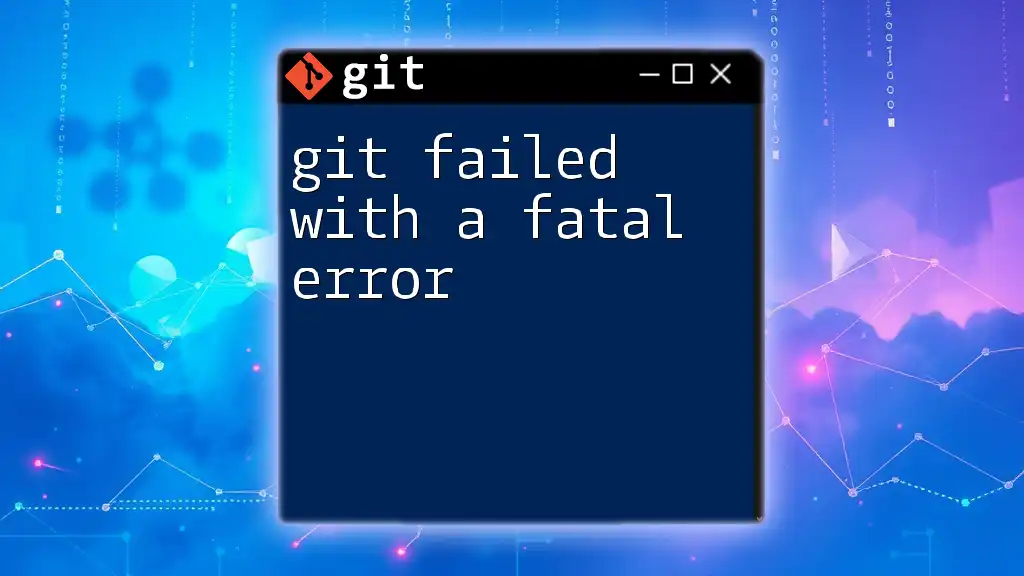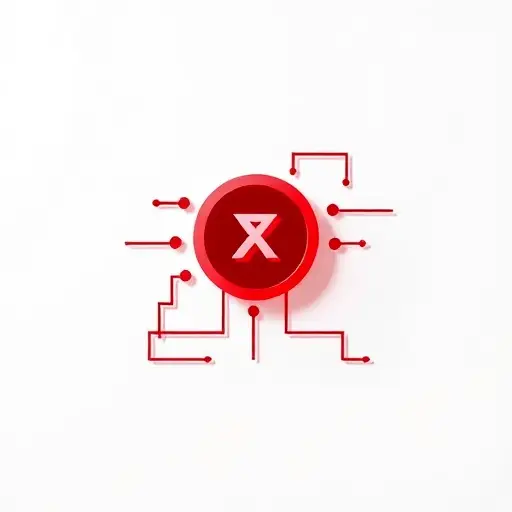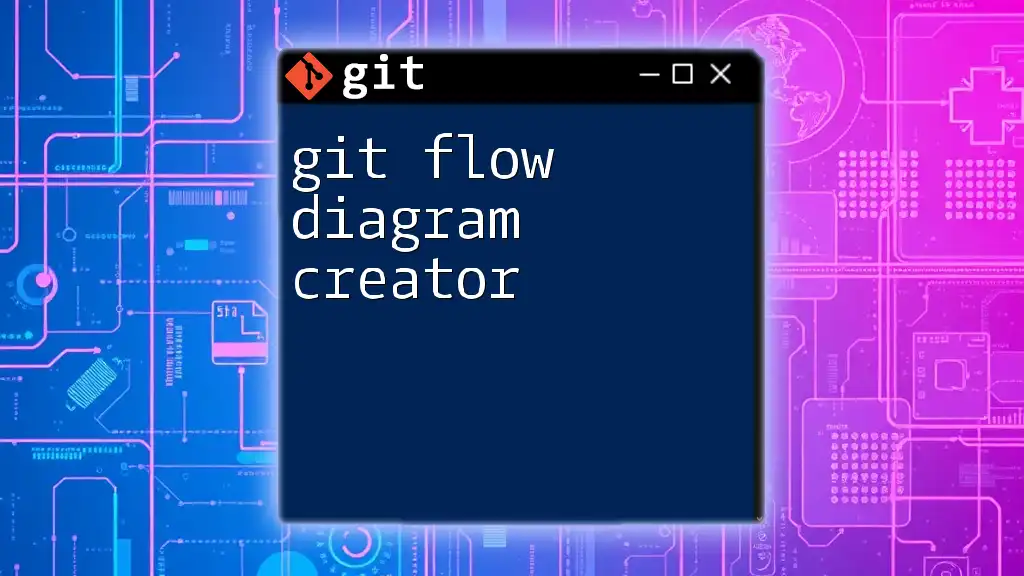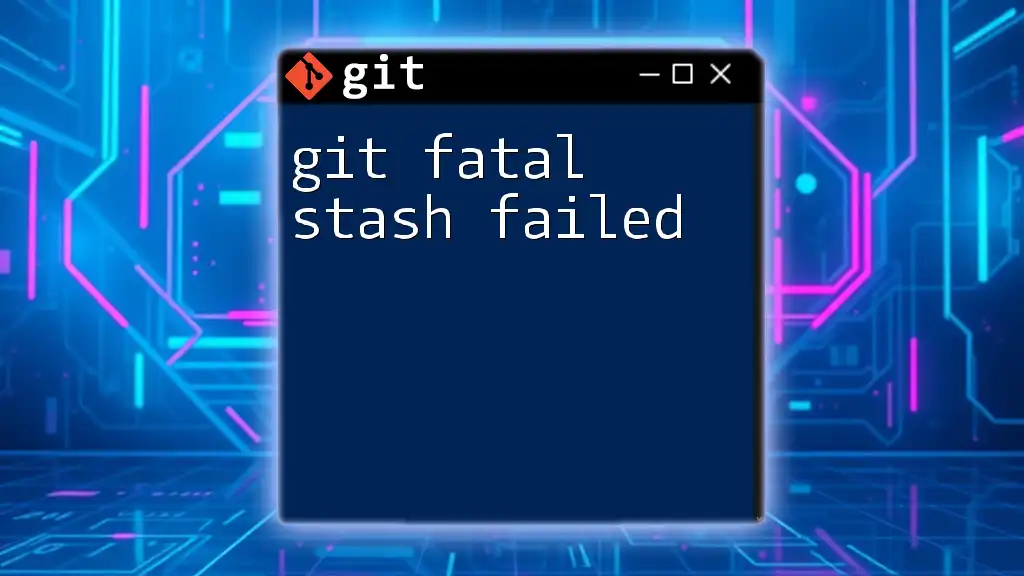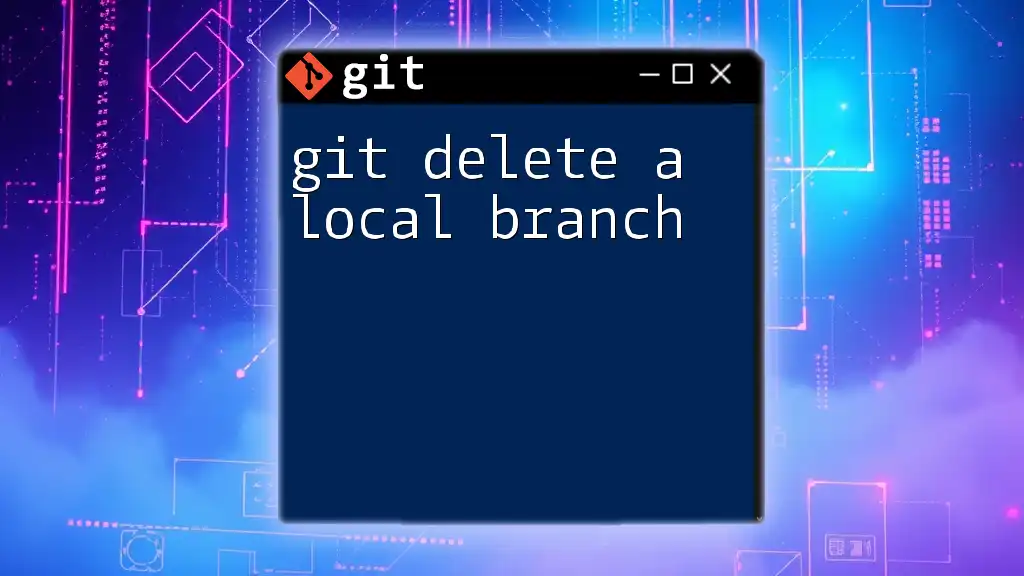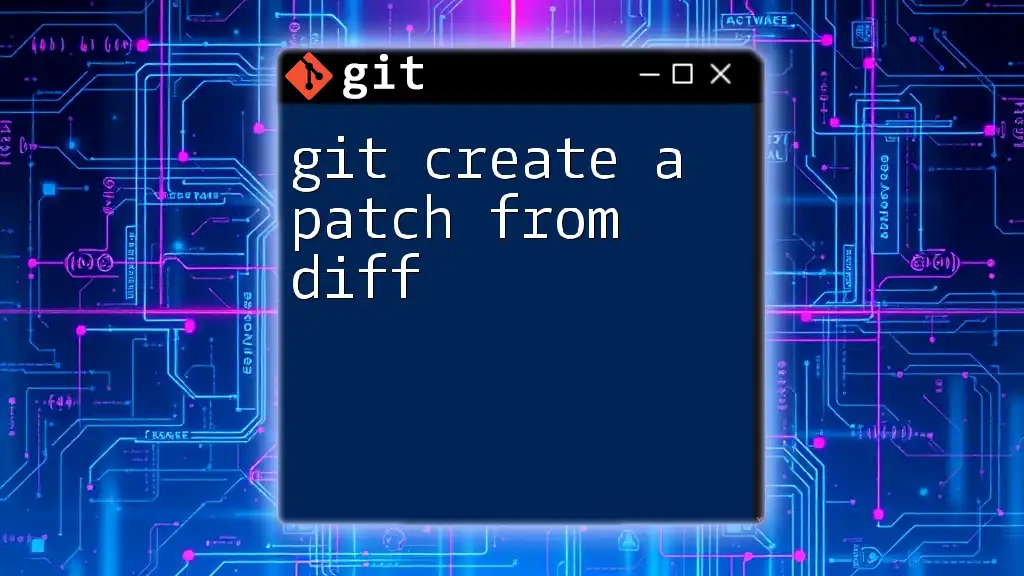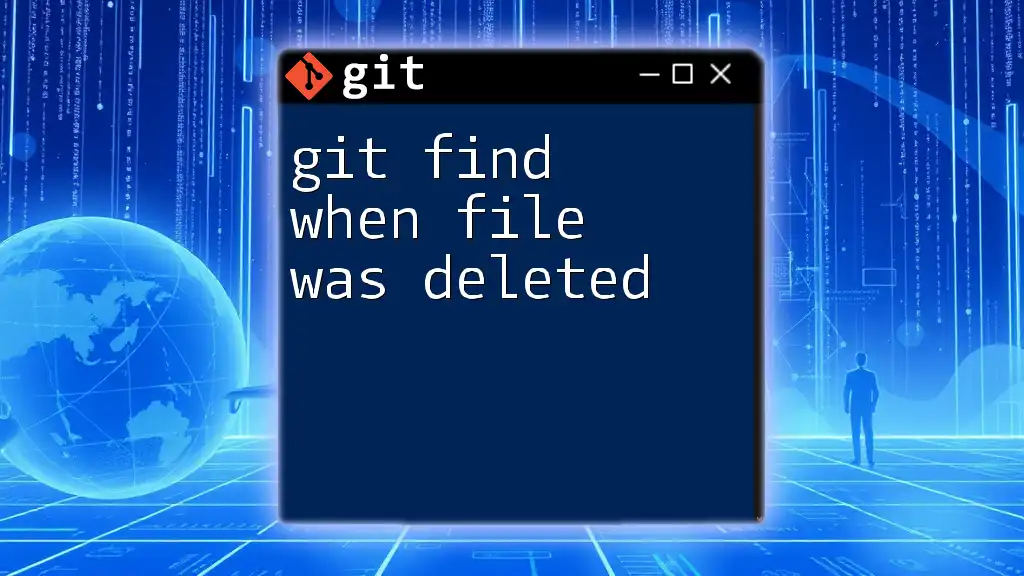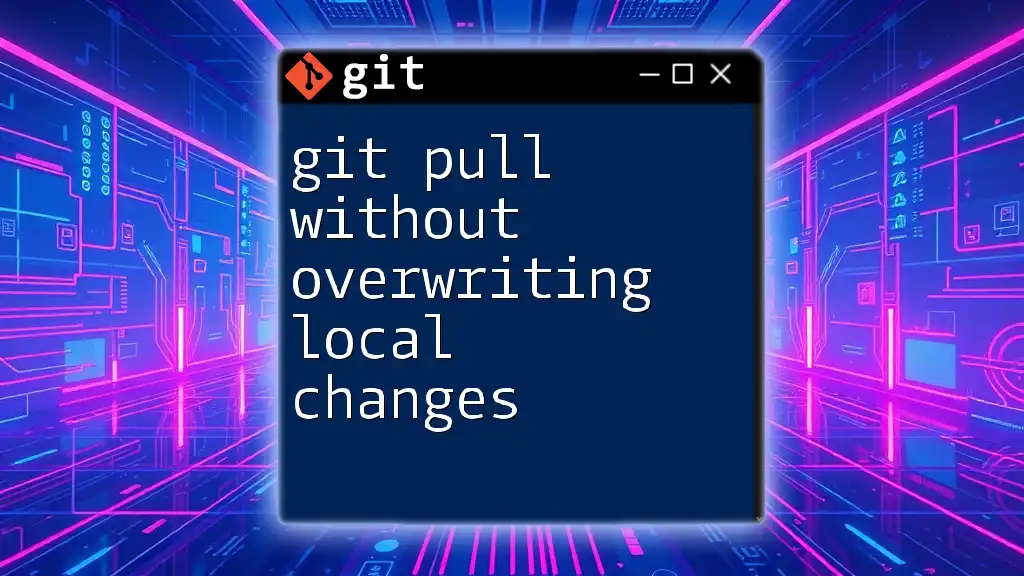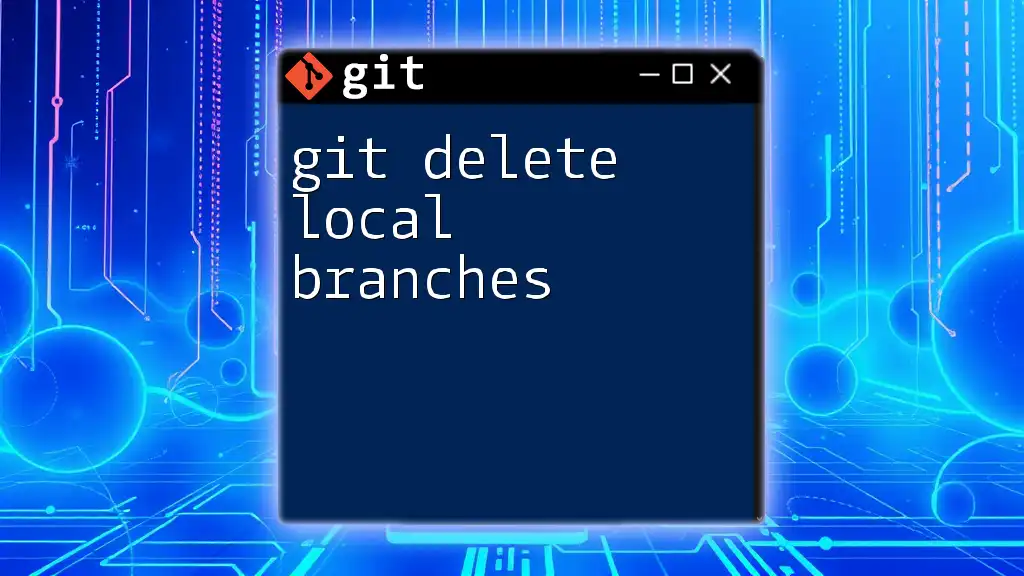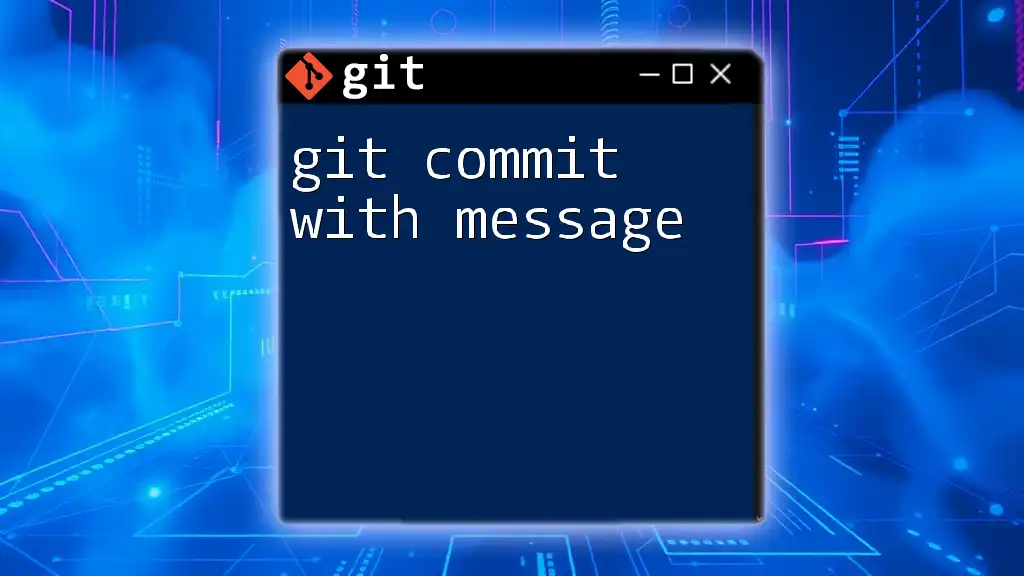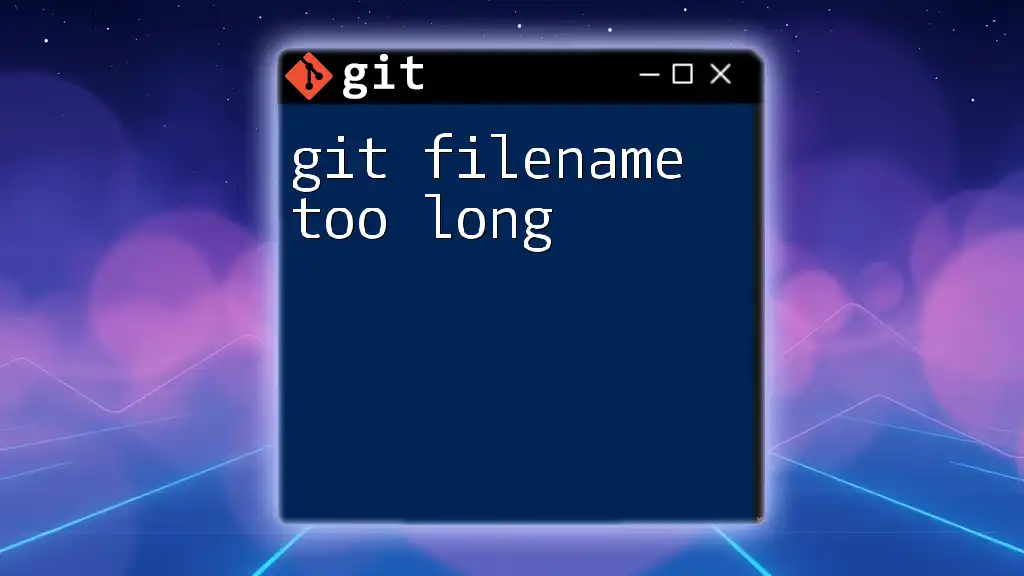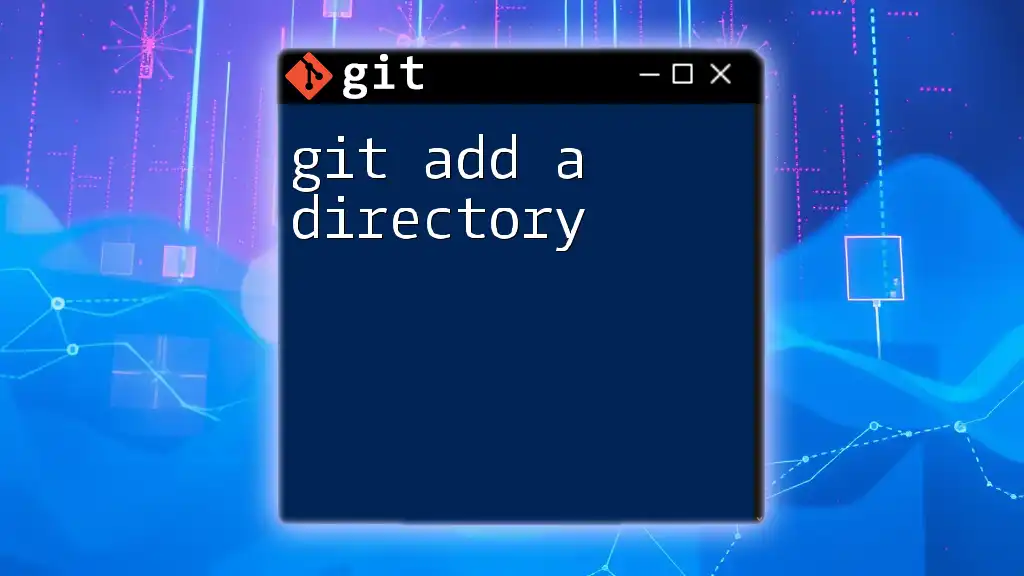When you encounter "git failed with a fatal error," it typically means that a command could not be completed due to serious issues, such as conflicts or missing files, that need to be resolved before proceeding.
Here’s an example of a command that might trigger a fatal error due to a merge conflict:
git merge feature-branch
Understanding Git Fatal Errors
What is a Fatal Error?
A fatal error in Git is a type of error that halts the execution of a command and prevents users from proceeding with their desired actions. Unlike warnings, which allow users to continue working while addressing a potential issue, fatal errors indicate serious problems that must be resolved before any further actions can take place.
Common Causes of Fatal Errors
Fatal errors often arise in specific scenarios, including incorrect commands, issues related to repository initialization, and problems with authentication. Understanding these common situations can make it easier to diagnose and resolve errors when they occur.
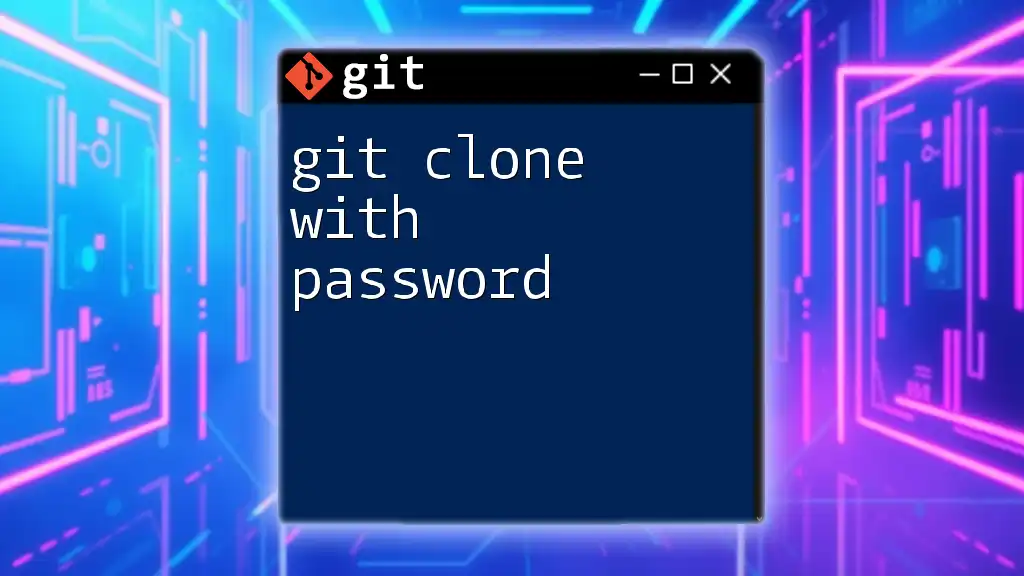
Diagnosing the Issue
Checking the Error Message
When you encounter a "git failed with a fatal error" message, the first step is to carefully read the error message itself. These messages typically provide critical information that points directly to the issue at hand. For example, you might see:
- "fatal: not a git repository": This indicates that the current directory is not initialized as a Git repository.
- "fatal: could not read from remote repository": This suggests an issue with accessing a remote repository, often due to authentication problems.
Paying close attention to the text can guide you toward the solution.
Exploring Log Files
Git provides a central mechanism for tracking changes through its log files. These logs can be your best friend when diagnosing issues. By using the command:
git log
you can view the history of your commits, helping to identify where things may have gone wrong in your workflow.
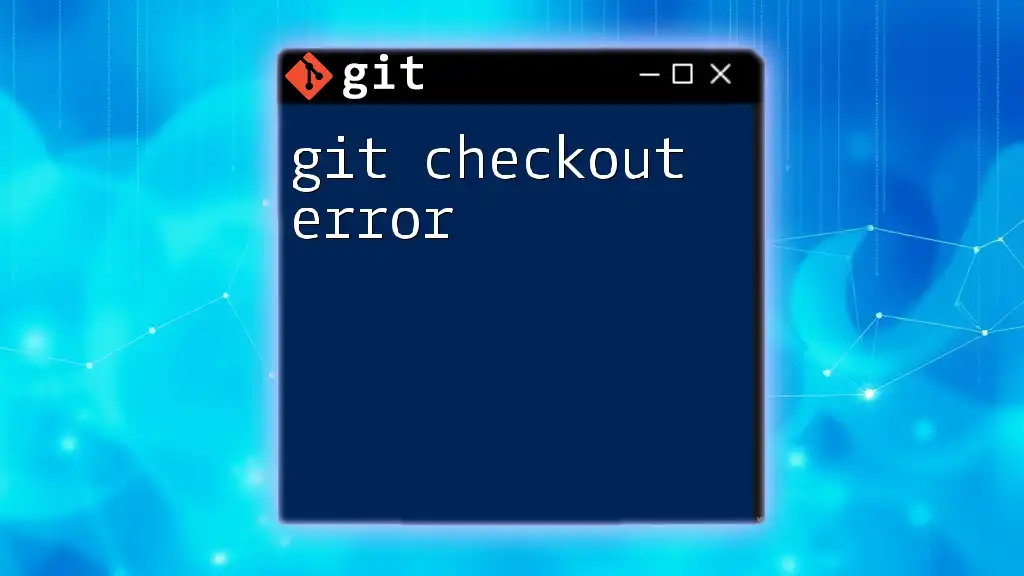
Common Fatal Errors and Their Solutions
Fatal: Not a Git Repository
This error arises when a Git command is executed in a directory that is not initialized as a Git repository.
Solution: To fix this, you need to initialize the repository. Simply run:
git init
This command creates the necessary .git folder in your current directory, transforming it into a Git repository ready for version control.
Fatal: Authentication Failed
It’s common to encounter an authentication failure when trying to push or pull changes from a remote repository. This generally indicates that Git cannot verify your identity against the remote host.
Solution: Ensure you have configured your credentials correctly. You can set your name and email using the following commands:
git config --global user.name "Your Name"
git config --global user.email "youremail@example.com"
If you are using SSH keys, ensure that they are properly set up and that the SSH agent is aware of your keys.
Fatal: Remote Origin Already Exists
This error occurs when trying to add a new remote repository (origin) that already exists in your Git configuration.
Solution: You can resolve this by removing the existing remote origin or renaming it. Run:
git remote remove origin
After this command, you can safely add a new remote origin as needed.
Fatal: You are not currently on a branch
What this error indicates is that you are in a detached HEAD state, which means you are not currently working on any branch.
Solution: To address this, you need to switch back to an existing branch, such as master or main, using the following command:
git checkout master
This will re-establish your position within the branch structure of your repository.
Fatal: Unable to Update Local Ref
This error can arise due to conflicts with remote tracking references that do not match the local repo.
Solution: You can clean up any stale remote references with the command:
git remote prune origin
This helps ensure that your local references are in sync with the remote repository.
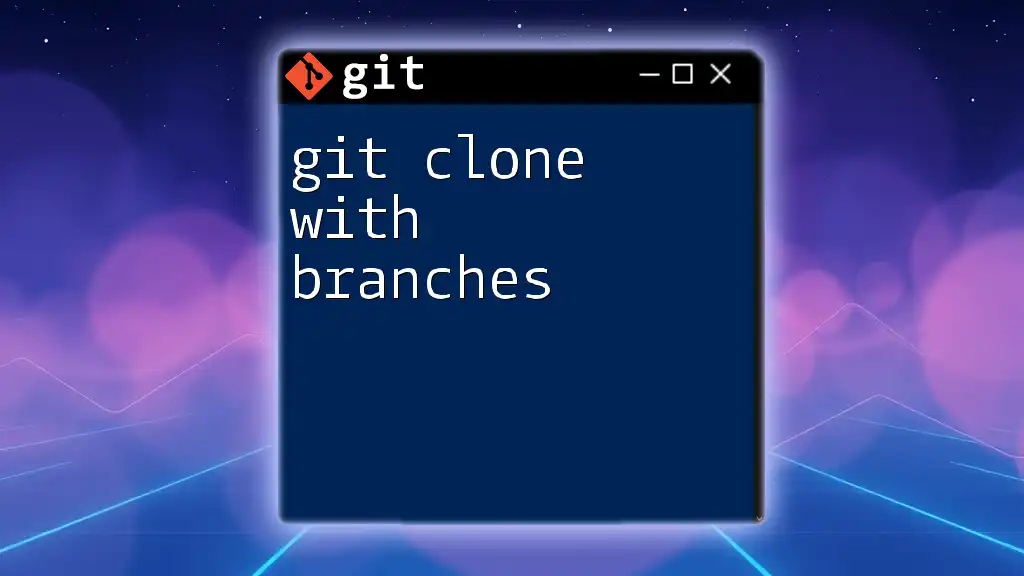
Best Practices to Avoid Fatal Errors
Regularly Updating Git
Keeping your Git installation updated is crucial to avoid running into bugs or issues that have already been resolved. To check your current version, use:
git --version
Regular updates can help ensure that you have the latest features and improvements.
Learning to Read Documentation
The official Git documentation is a treasure trove of information. Whenever you encounter an unfamiliar command or error, checking the documentation can help clarify your confusion. It’s beneficial to make this a habit.
Implementing Version Control Consistently
Last but not least, developing a habit of implementing best practices in version control reduces the likelihood of running into fatal errors. Regularly commit your changes with clear and concise commit messages that outline the specific changes made. This not only aids in tracking your progress but also minimizes the complexity of troubleshooting when issues arise.
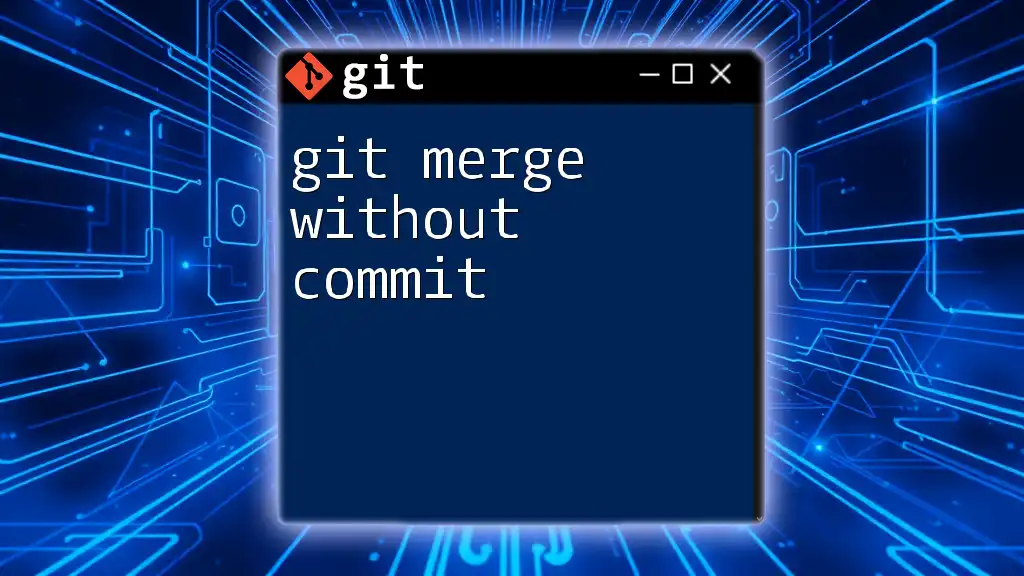
Conclusion
Recap of Key Points
Understanding the common fatal errors and their solutions can save you time and frustration. From "not a git repository" to "authentication failed," being aware of these issues enhances your efficiency as a Git user.
Encouragement to Practice
Regular practice with Git commands will strengthen your skills and temperament for troubleshooting errors.
Call to Action
Explore more Git tutorials and join our learning platform to dive deeper into the world of version control and elevate your Git proficiency.
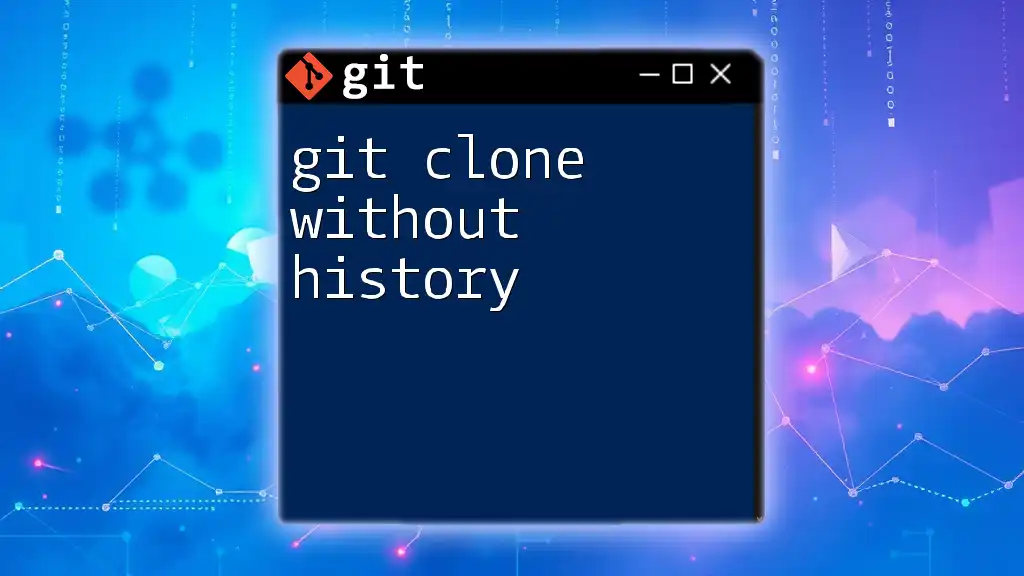
Additional Resources
Recommended Reading
To further enhance your understanding of Git, consider delving into the official Git documentation and reputable Git books that cover use cases and advanced techniques.
Online Communities
Engage with online forums and communities dedicated to Git—places where you can seek advice and share experiences, which will contribute positively to your learning journey.

